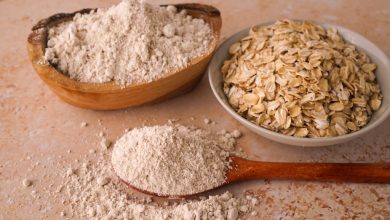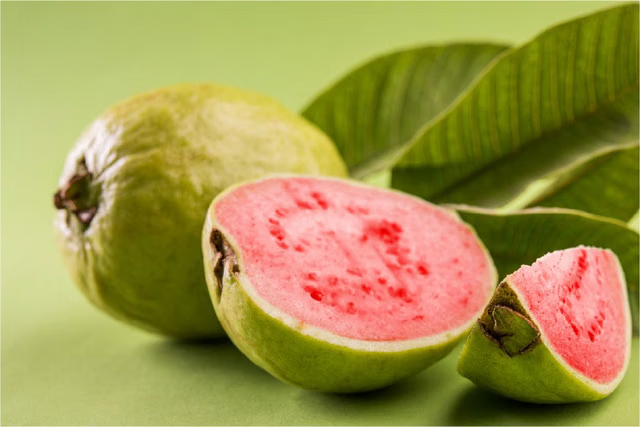Orange Peel (Raw) – Nutritional Information & Health Benefits
Orange peel, often discarded, is not only an edible part of the fruit but also a powerhouse of nutrients. When consumed in its raw form, orange peel offers a variety of health benefits due to its rich content of vitamins, minerals, and fiber. This often-overlooked ingredient can be incorporated into various recipes, from smoothies to marmalades, and even as a zesting ingredient to elevate flavors.
Nutritional Breakdown (Per 100g of Raw Orange Peel)
| Nutrient | Amount |
|---|---|
| Energy | 97 kcal |
| Protein | 1.5 g |
| Fat | 0.2 g |
| Saturated Fat | 0.024 g |
| Carbohydrates | 25.0 g |
| Fiber | 10.6 g |
| Sugar | 0.0 g |
| Calcium | 161 mg |
| Iron | 0.8 mg |
| Magnesium | 22 mg |
| Phosphorus | 21.0 mg |
| Potassium | 212.0 mg |
| Sodium | 3.0 mg |
| Zinc | 0.25 mg |
| Copper | 92 mcg |
| Manganese | 0.0 mg |
| Selenium | 1.0 mcg |
| Vitamin C | 136.0 mg |
| Thiamin (Vitamin B1) | 0.12 mg |
| Riboflavin (Vitamin B2) | 0.09 mg |
| Niacin (Vitamin B3) | 0.9 mg |
| Vitamin B6 | 0.176 mg |
| Folate | 30.0 mcg |
| Vitamin B12 | 0.0 mcg |
| Vitamin A | 21.0 mcg |
| Vitamin E | 0.25 mg |
| Vitamin D2 | 0.0 mcg |
Allergen Information:
Orange peel is naturally free from major allergens such as nuts, gluten, or dairy. However, individuals with citrus sensitivities or allergies should exercise caution when consuming raw orange peel or products containing it.
Dietary Preferences:
Orange peel is a versatile ingredient suitable for many dietary preferences:
- Vegan & Vegetarian: A plant-based food that can be used in a variety of dishes.
- Low Calorie: The low calorie content makes it an excellent addition to any weight-conscious meal plan.
- Gluten-Free: Naturally gluten-free, making it a safe ingredient for those with celiac disease or gluten intolerance.
- Keto-Friendly: While higher in carbs than some other keto ingredients, small amounts of orange peel can be used to add flavor without kicking you out of ketosis.
Health Benefits:
Orange peel is an excellent source of Vitamin C, providing more of this essential nutrient than the fruit itself. This makes it great for boosting the immune system, supporting skin health, and acting as a potent antioxidant. Additionally, the high fiber content supports digestive health, helping to regulate bowel movements and promote a healthy gut microbiome.
The peel also contains flavonoids, which have anti-inflammatory properties and may contribute to improved heart health. Calcium in orange peel supports bone strength, while potassium and magnesium are essential for maintaining proper muscle and nerve function.
Culinary Uses:
Orange peel, when dried or fresh, can be used in a variety of culinary applications. It can be grated to make zest for flavoring cakes, cookies, and savory dishes. The peel can also be used to make candied orange peel, or added to drinks like cocktails and smoothies. In some cultures, it is used to enhance the flavor of jams and jellies, or even as a base for herbal teas.
Conclusion:
Orange peel is a nutritious and versatile ingredient that is often overlooked but offers a variety of health benefits. Its impressive nutrient profile, especially its high vitamin C and fiber content, makes it a valuable addition to any diet. Whether used as a garnish, flavor enhancer, or in more creative applications, orange peel is a powerful tool for boosting the nutritional value of your meals. Try adding this citrus powerhouse to your next recipe and reap the health benefits it has to offer!










